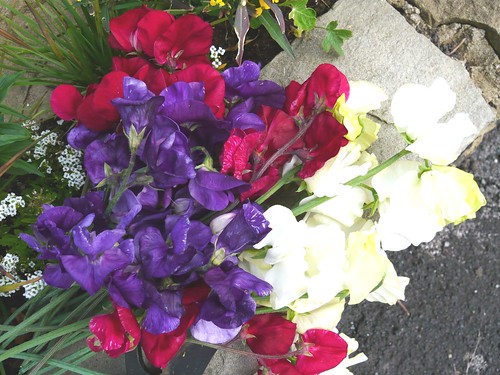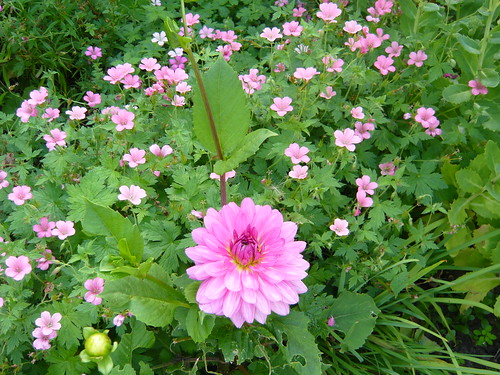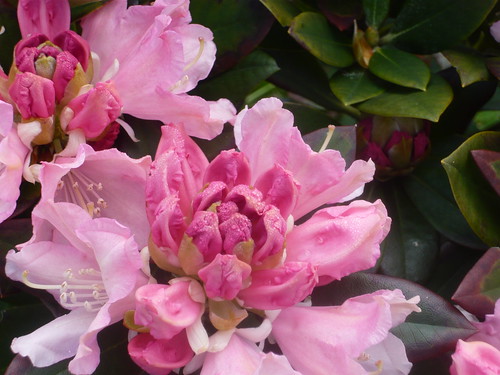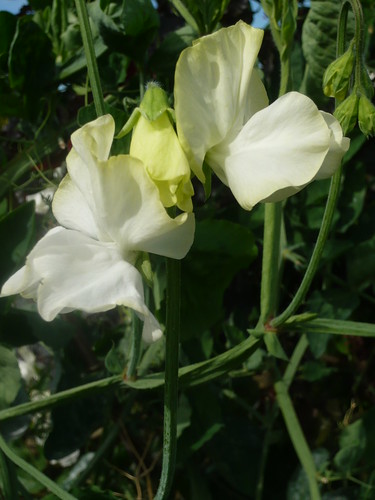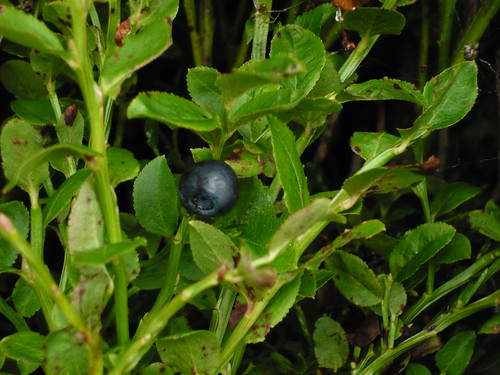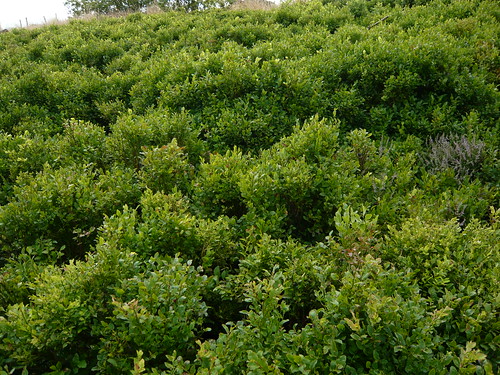Carpet Bedding Tribute to Girl Guides

100 years of Girl Guiding is being celebrated in September 2009 by Girl Guides around the country with a range of appropriate events.
This floral tribute is in the grounds of Carlisle Cathedral and has been created from just 4 types of carefully chosen ‘carpet bedding plants’. Contrasting shades of leaf and low, slow growing, uniform habit are more important than flowers. In fact flowers can distort such a display.
Carpet Bedding Plants
- For leaf colour and regular form Alternanthera lehmannii varieties take some beating like ‘Dark Purple Black’ Alternanthera lehmannii ‘Rosy Glow’ and Alternanthera lehmannii ‘Yellow Green Betty’
- For grey foliage Lavender or Cerastium species with compact silver foliage and a white flower in summer.
- Sempervivum arach’ ‘Rubin’ or Sedum spathulifolium ‘Purpureum’ for reds
- Echeveria elegans for grey or the Glauca for a blue tinge
- Sedums are probably the easiest for your first efforts with the wide selection available
